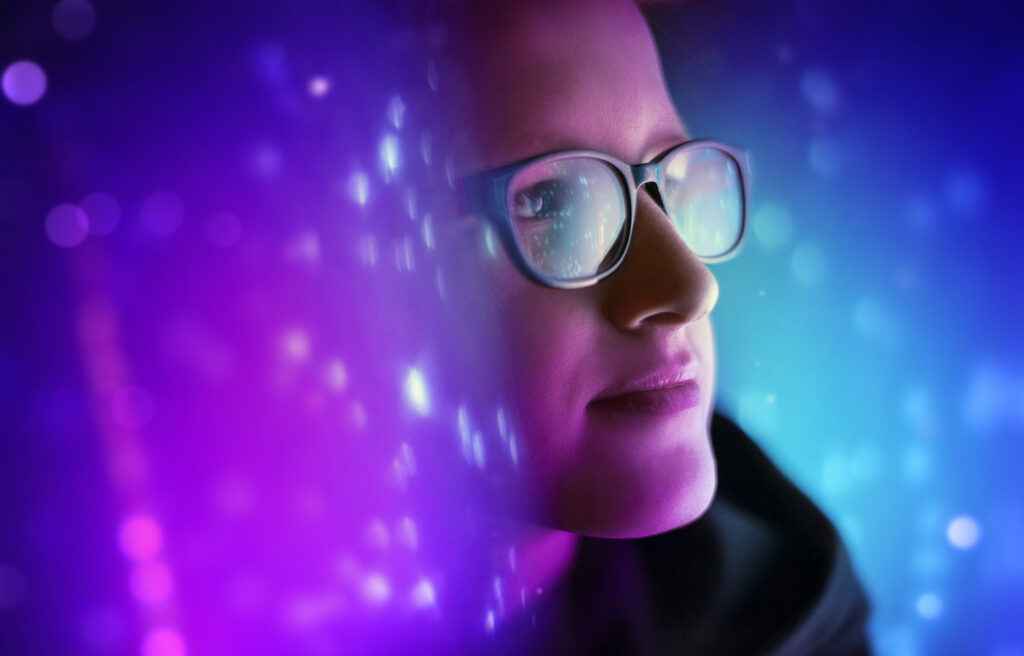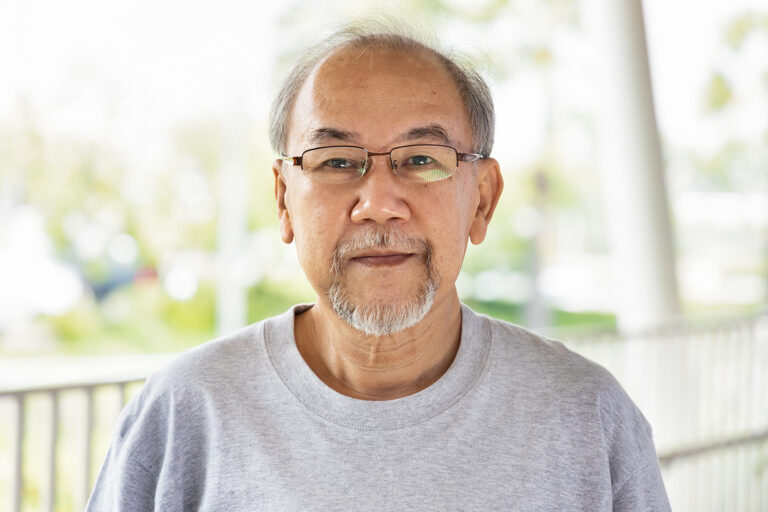Clinical research is facing a new challenge that revolves around tapping into creativity and exploring the right side of the brain for solutions to complex issues affecting patient outcomes. While the pharmaceutical industry excels at navigating genetic complexities for ground-breaking discoveries, it often struggles to effectively deliver therapies to niche populations.
The creative process involved in drug development, where structures are decoded and disease modifiers meticulously designed, should not be limited to just the proof-of-concept stage. There is an increasing demand for creativity to be an integral aspect throughout the entire journey of drug development.
While having innovative ideas and eye-catching visuals is important, recent insights from cognitive neuroscience shed a fascinating light on how creativity can be harnessed.
Professor Roger Beaty, heading the Cognitive Neuroscience of Creativity Lab at Pennsylvania State University, conducted a study using functional MRI tests, which revealed two distinct mechanisms at work in the hippocampus: idea generation and idea evaluation.1 Interestingly, one mechanism sparks while the other deactivates. The ultimate goal is to synchronise these mechanisms, as doing so could unleash ground-breaking ideas that are reinforced by rigorous evaluation, thereby enhancing their effectiveness and impact in the industry.

Introducing creativity would represent a significant shift in our industry, as we heavily rely on innovation for research and development. However, compliance remains a major factor that can hinder creativity and innovation.
The true essence of creativity lies in how we interact with patients and involve them at every stage of drug development. This approach can lead to benefits like fast-track or conditional approvals, streamlining the process for the greater good of patients.
To achieve genuine innovation, we must maintain an open-minded perspective and consider all angles. Merely relying on digital innovation might be seen as an easy solution, but it doesn’t always result in better outcomes for patients, who are the very heart of the pharmaceutical industry.
Today’s innovation and creativity are about viewing patients not merely as recipients of treatment, but as human beings with a comprehensive understanding of their needs. Implementing innovative approaches throughout the product cycle can ensure the best possible results for patients.
Challenging traditional thinking and structures is crucial to infusing creative solutions across research and development. The industry is progressing in adopting this mindset, but we need to collaborate further to reduce drug development timelines. We possess innovative products that can make a difference, and our mission should be to deliver them to patients more efficiently.
The greatest potential of creativity lies in accelerating the delivery of the right treatment to the right patient. Embracing innovation and creativity involves re-evaluating every element of a condition or therapy, stepping outside the healthcare bubble to learn from other sectors, such as Apple and Netflix, who have pioneered disruptive innovations, such as moving our digital media consumption from the physical to streaming, or in the case of Apple by changing the way we access the internet, we are no longer tethered to a laptop or desktop, we can use a smartphone.
Applying successful techniques from other industries to healthcare, like personalising content for healthcare professionals (HCPs), can lead to more informed decision-making and better patient outcomes.
Creativity without purpose is ineffective. Clients seek proven strategies to change outcomes and patient behaviour, so every element, be it a clinical input or web design, should serve a clear purpose to have a maximum impact on behavioural change.
The European Institute of Innovation and Technology believes that bringing people together fosters innovation and creativity, empowering innovators to challenge norms and overcome obstacles in healthcare.
While the industry is on the verge of significant changes from technological and delivery perspectives, there is still room for improvement in terms of creativity. Too much focus on new technologies without tangible benefits for patients should be reconsidered in the approach to creative and innovative processes.
Creativity should be human-centric, addressing the needs of the patient, community, and HCPs. Challenging clients to delve deeper and embracing patient insights can lead to impactful and meaningful creativity and innovation.
Critical thinking is essential for fostering creativity, making processes more efficient, exploring new pathways, and addressing challenging questions to drive impactful changes in healthcare. Advancements in digital technology will drive more critical thinking in managing diseases and connecting patients, leading to breakthroughs that improve patient care and outcomes.
The response to COVID-19 demonstrated the potential of combining technology and creative thinking for a rapid and effective crisis response, offering valuable lessons for the future.
There is so much more creativity we can bring to bear in clinical research.
So be creative, be innovative, and don’t be afraid to disrupt the norm.
Want to learn more?
Designing for everyone starts with understanding the challenges people and communities face in their health management. Dive deep into health tech’s dual impact on community health. Get your essential eBook today!
- Beaty RE. The Creative Brain. Cerebrum. 2020 Jan [cited 8.8.23]; cer 02-20. Access from: https://www.ncbi.nlm.nih.gov/pmc/articles/PMC7075500/ 1









